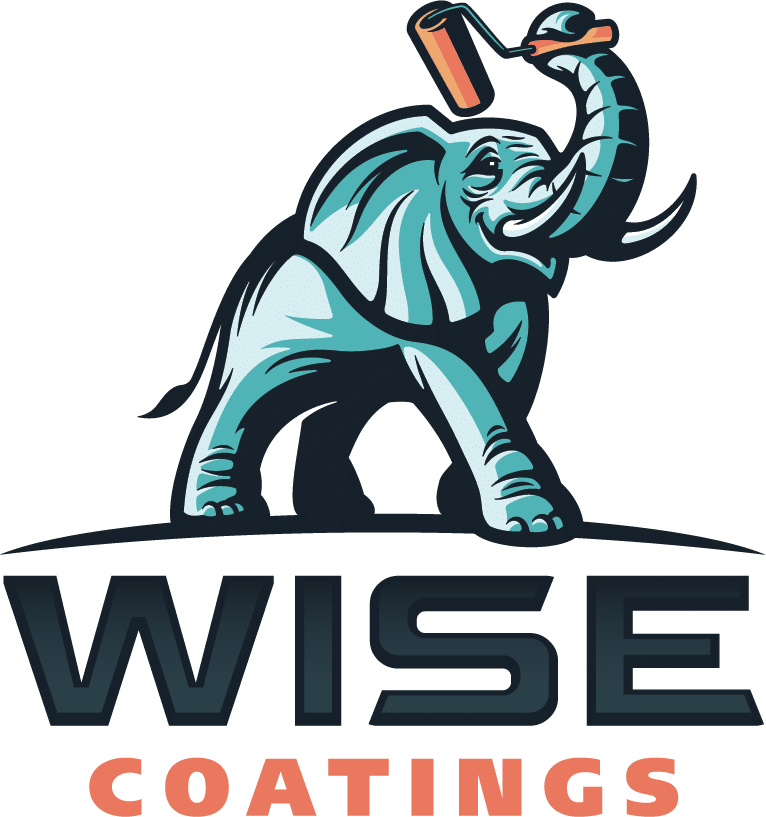Everything You Need to Know About Residential Epoxy Flooring
Unlike wood or tile floors, epoxy can withstand heat and most chemical spills. However, standing water may damage the surface. It is also slippery when wet, so you will want to consider sanding or adding an anti-slip additive.
Another benefit of epoxy is its protective and stain-resistant properties. You will not have to worry about dropping your wrench on the floor or stains from food or liquids. Read this first!
Cost
Epoxy floors are becoming more and more popular in homes due to their durability, customizability, and bright appearance. They are also easier to clean and maintain than carpet or tile.
The cost of epoxy flooring can vary widely depending on the size of the floor and the materials used. In general, a moderately sized epoxy project takes nine hours to complete and costs between $120 and $360 per square foot. However, the price will go down per square foot with larger projects, as economies of scale apply.
The cost of epoxy flooring can also increase if you add a decorative element, such as ground polymer grit or aluminum oxide grit. These additives improve traction and safety when the floor is wet and are especially important in areas where spills are common. These additions will increase the price of your flooring, but they are an excellent investment for the long-term durability of your floor.
Durability
Epoxy floors are very durable and can withstand heavy traffic, chemicals, heat, and other environmental hazards. They are also easy to clean and sanitize, which is why they are popular in many commercial environments. However, they require routine maintenance to extend their lifespan. This typically involves regular cleaning and re-coating.
Proper maintenance also includes promptly addressing spills and other types of damage to the floor. If substances like oil or car chemicals are left on the floor for an extended period, they may etch or discolor epoxy flooring. Cleanup should be done as soon as possible using a dilute solution of one part ammonia to ten parts water.
Other maintenance strategies include regularly sweeping or vacuuming the 3D epoxy floor to remove dust, dirt, and other debris. It is also important to avoid sliding or rolling heavy furniture across the floor, as this can cause scratches in the surface of the flooring. In addition, it is a good idea to establish clear guidelines for occupants regarding proper floor care and maintenance.
Maintenance
A well-installed epoxy floor can add aesthetic value to a space. Achieving the perfect look requires a combination of proper cleaning, protective measures and seasonal considerations.
For the most part, epoxy floors are low-maintenance. A daily sweep and wet mop should be enough to keep them in good shape. However, sweeping with hard bristle brooms is not recommended, as the dirt grinds into the surface and wears away the epoxy coating over time. Regular scrubbing and a weekly dust mop should also be a part of the maintenance routine.
Large gouges, cuts and scratches in the flooring should be repaired as soon as possible to avoid further damage. Other things to consider include the temperature and humidity levels of the space, which can affect the epoxy coating’s appearance. It’s also a good idea to establish clear guidelines for occupants about the best ways to maintain and care for the floors. This could involve providing training, written instructions, or signage.
Appearance
Epoxy floor coatings can be designed to create unique and beautiful effects. They are available in a wide range of color options and can be customized to include patterns, geometric shapes, and logos. They also offer a more refined aesthetic than traditional concrete floors.
Aside from their visual appeal, epoxy floors are easy to clean. They can be easily swept or vacuumed and are resistant to spills and stains. This makes them an ideal option for high-traffic areas such as warehouses and showrooms.
However, epoxy floors are susceptible to oil and grease slicking, which can result in slippery surfaces. This issue can be resolved by incorporating a slip-resistant additive into the epoxy. This will not increase the price of the project, but it will help keep your floors safe and prevent potential accidents. Discover more interesting articles.


